Mission
During the 1993 regular legislative session the Mississippi Legislature enacted a bill to establish the funding, training and education of emergency telecommunicators. Governor Kirk Fordice signed House Bill No. 901 which provided for the Emergency Telecommunications Training Program (ETTP) and the law became effective 1 July 1993.
The Emergency Telecommunications Training Program established the Board of Emergency Telecommunications Standards and Training (BETST) to implement the law and its provisions. The Act directed the Board on Law Enforcement Officer Standards and Training (BLEOST) to provide the BETST with administrative and fiscal support and designated the Director of the BLEOST to serve as staff director of the Board of Emergency Telecommunications Standards and Training.
Governor Fordice and the 1993 Legislature found it to be in the public interest to raise the level of competence of local public safety 911 telecommunicators by establishing standards of training and certification for personnel involved in the answering and dispatching of calls to law enforcement, fire and emergency medical services. Since that time, the Board has also established re-certification standards for telecommunicators.
The objective of the Board is to insure that emergency telecommunicators have the best preparation feasible to enable them to carry out their duties in a manner that protects the health, safety and welfare of the citizens of this state.
Training is the single program activity supported by the Board of Emergency Telecommunications Standards and Training. Activities of the Board are either involved directly or in support of training. The training encompasses all emergency telecommunicators (police, fire and emergency medical) in the state. The Board develops and administers the curriculum for new telecommunicators as well as the curriculum for re-certification. In support of the training effort, the Board monitors compliance with the requirements of the Emergency Telecommunications Standards and Training Program, conducts research to assess training needs, training evaluation and program applicability and assists telecommunications agencies by funding mandated training.
Funding
When the Board was created, an assessment on telephone lines was established and designated for the purposes of funding training of telecommunicators. The funds collected are placed in a special fund and then appropriated for purposes of administering the law.
Objectives of the Training Program
The primary objective of the telecommunicator training program is to raise the level of competence of local public safety and 911 telecommunicators by providing proper and timely training, continuing education, and sound protocols that help deliver quality care to the public before the public safety responders arrive on the scene.
The training program provides emergency telecommunicators with the knowledge and foundation to answer emergency calls for service in a professional manner and be able to prioritize the response in a critical order.
Also, emergency medical dispatch training provides for Pre-Arrival Deliverance which means having the knowledge and ability to dispatch as well as maintain contact with the callers and convey proper instructions until EMS arrives on the scene.
Training Program Requirements
All persons working as emergency telecommunicators for eight (8) hours or more a month have one (1) year from the date of hire to become certified. If not obtained within this time frame that person is not authorized to be paid a salary.
Initial Certification Requirements:
- The submission of an “Application for Certification” form – Parts I, II, and III within 30 days of hire.
- The successful completion of the MS Emergency Telecommunications 16-hour Orientation Course within ninety (90) days from date of hire.
- The successful completion of a T-CPR online course within twelve (12) months from date of hire.
- The successful completion of a Board-approved vendor basic forty (40) hour training program and the subsequent submission of a copy of the certificate.
- Telecommunicators dispatching Emergency Medical Service must also complete an approved EMD Basic Course and provide proof of current CPR certification within twelve (12) months from date of hire.
Re-certification Requirements
The completion of at least 48 hours of electives from at least six subject areas (may be completed any time within the three-year certification period). The submission of an “Application for Re-certification” form and a “Re-certification Report” upon the completion of re-certification training. Important: All aspects of training must be completed and original paperwork (no copies except for vendor certificates) must be received by the Office of Standards and Training before any certification, re-certification or reimbursement requests will be processed. Reimbursement requests on elective training may be submitted immediately upon completion.
Policies and Procedures
The “Professional Certification Policy and Procedures Manual” located in the navigation menu, describes the policies and procedures the Board of Emergency Telecommunications Standards and Training has established concerning the employment and training of emergency telecommunicators in Mississippi. This manual is promulgated pursuant to authority granted the Board of Emergency Telecommunications Standards and Training by Chapters 310, 321, 484 and 536, General Laws of Mississippi. The policies and procedures therefore have the force and effect of law and are written for the guidance of agency heads and personnel officers of emergency telecommunicator institutions whose personnel come under the jurisdiction of the Emergency Telecommunications Training Program (ETTP).
